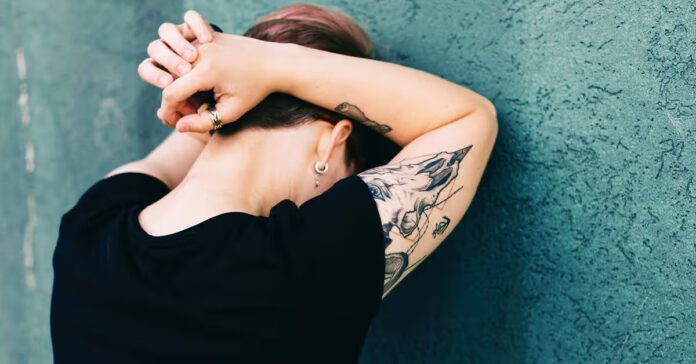The word ‘depression’ is often used loosely to describe temporary sadness or mood swings. However, clinical depression is a serious mental health condition that demands awareness and sensitivity. Depression comes in different forms, including a lesser-known condition called ‘double depression.’
Types of Depressive Disorders
The Diagnostic and Statistical Manual of Mental Disorders (DSM-5) identifies several types of depression, each with distinct symptoms and durations.
Major Depressive Disorder (MDD): A condition marked by persistent sadness, hopelessness, and a loss of interest in daily activities, lasting for at least two weeks.
Persistent Depressive Disorder (PDD): A long-term, milder form of depression that persists for at least two years.
Disruptive Mood Dysregulation Disorder (DMDD): Diagnosed in children, this disorder is characterized by intense and frequent temper outbursts that are disproportionate to their developmental stage.
Premenstrual Dysphoric Disorder (PMDD): A severe form of premenstrual syndrome (PMS) involving intense mood swings, irritability, and depression, which improve after menstruation begins.
What is Double Depression?
Double depression occurs when someone with Persistent Depressive Disorder (PDD) experiences a Major Depressive Episode (MDD) on top of their chronic symptoms. This means an individual already coping with long-term, low-level depression (dysthymia) suddenly experiences a more intense and debilitating episode. The combination of both conditions can make depression more challenging to manage.
Common Symptoms of Depression
The symptoms of depression vary depending on the type and severity, but generally include:
- Persistent feelings of sadness, hopelessness, or anxiety;
- Loss of interest or pleasure in previously enjoyable activities;
- Irritability, frustration, or mood swings;
- Changes in appetite, leading to weight loss or gain;
- Sleep disturbances, including insomnia (difficulty sleeping) or hypersomnia (excessive sleeping);
- Fatigue, low energy, and difficulty concentrating;
- Physical symptoms such as headaches, digestive problems, or sexual dysfunction;
- Thoughts of self-harm or suicide.
Do Different Types of Depression Require Different Treatments?
Although treatments for depression often share similar approaches, they can be tailored based on the specific condition.
1. Psychotherapy (Talk Therapy)
Cognitive Behavioral Therapy (CBT): Helps individuals recognize and change negative thought patterns.


